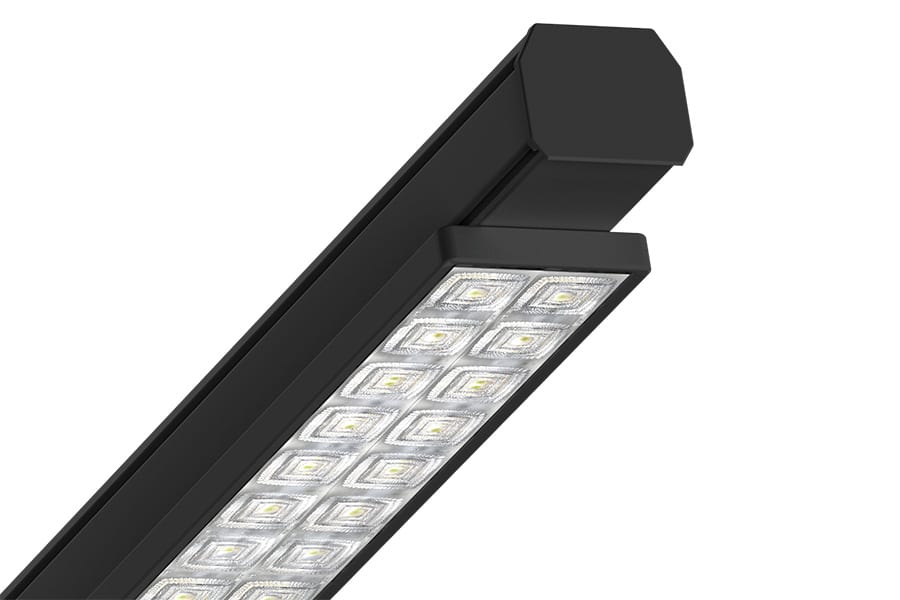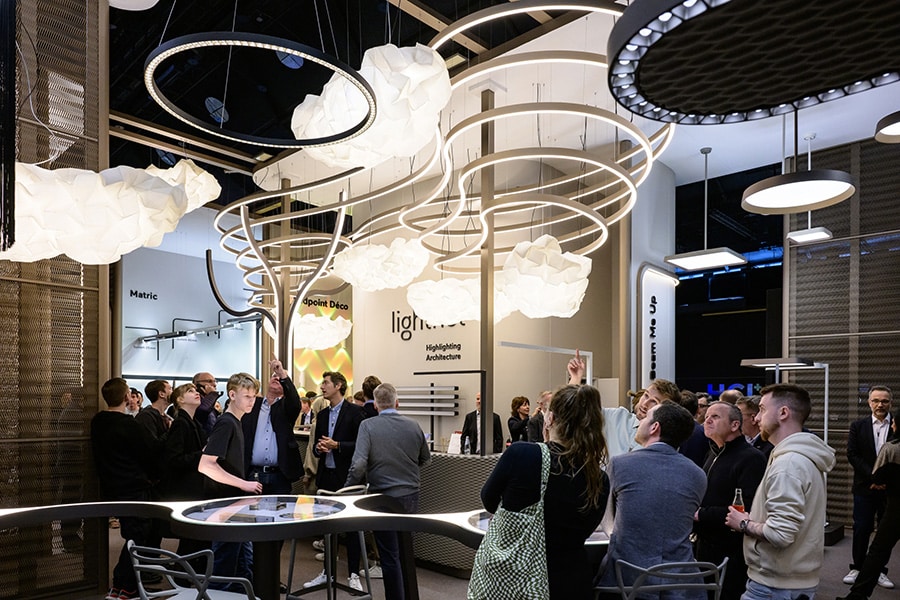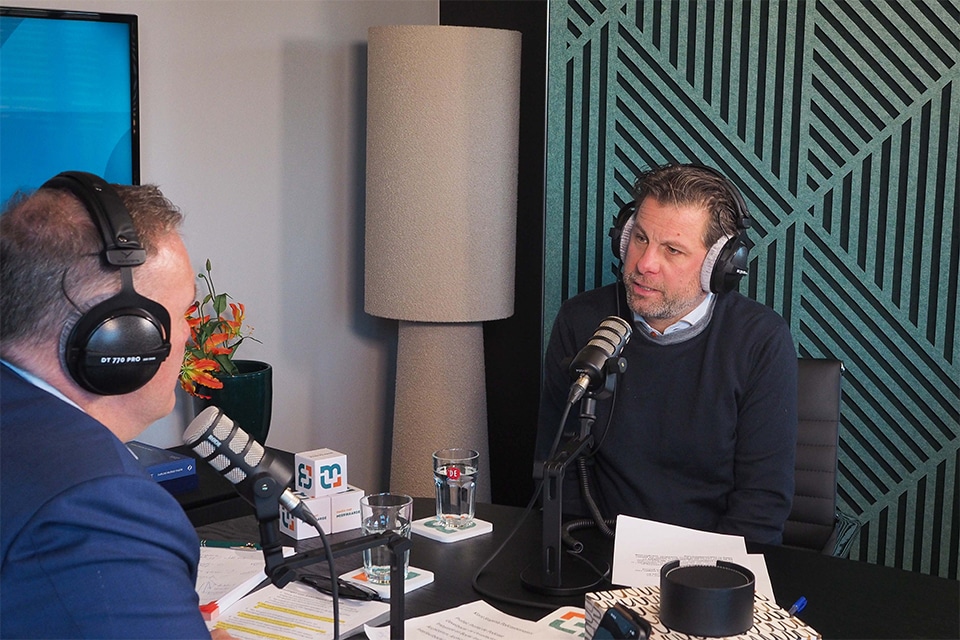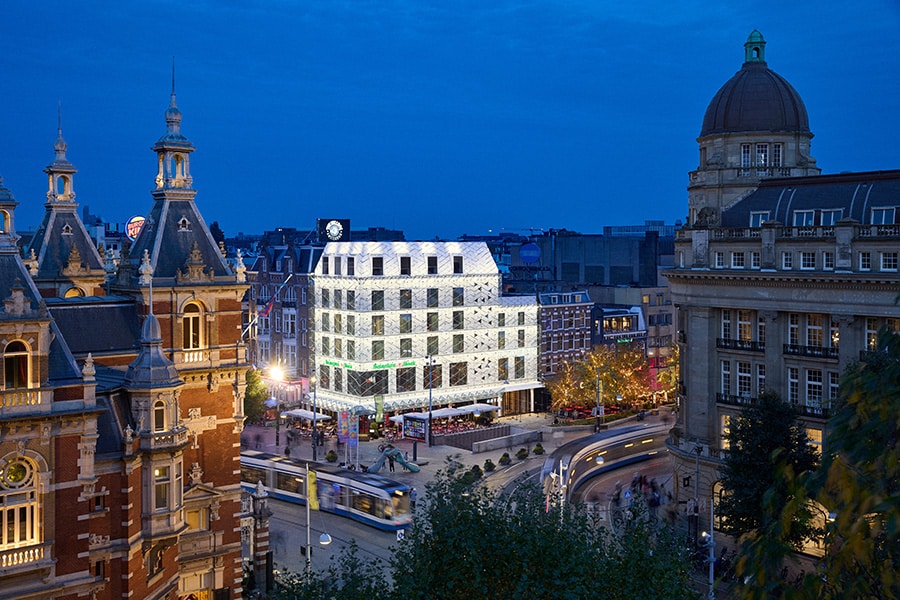
Sun protection now a mandatory part of building regulations in the Netherlands
'Hundreds of solar shading specialists in the Netherlands have become an inquirer for the architect'
Since January 1, 2021, the NTA8800 - in the context of BENG - applies. Overheating must be prevented in homes being delivered. Builders who do not meet these requirements will soon be prohibited from completing their projects. This means that in addition to floor, wall and roof insulation, solar shading has now also become part of the standards. "Architects should therefore structurally consider its smart use. The goal is to make it less hot in the house in summer (making air conditioning less necessary) and less heating in winter (by leaving the cold outside)," says Jeroen de Roos, branch manager at Romazo.

Jeroen is pleased to see that more and more architects are looking into the opportunities of solar shading and asking good questions about it during the design process. "On the other hand, I obviously understand that they do want to leave their own creative mark on the end result as much as possible. That's why I understand that architects are looking for how they can make - for example, an articulated arm or a screen - fit in as nicely as possible with the overall design. So it is precisely in the design phase that the architect or designer has the opportunity. That's why shading - partly because of NTA 8800 - can no longer be seen as the ad hoc closing item on the design."
Not for nothing has the Romazo embarked on a course to inform architects about this. This is done in part with free courses and training that inspire. "A course has also been developed for the sunshading specialists of the Netherlands, who upon completion can officially obtain the designation 'Smart Solar Shading Advisor.' If a solar shading specialist has this qualification, then the architect therefore also knows that this specialist has all the expertise in house to help the architect further along this BENG path so that the connection to the NTA 8800 standards is always maintained."

By Jeroen's estimation, there are now about 300 sun protection specialists in the Netherlands who already have this official status. "The great thing is that many sun protection specialists have not only followed these training courses themselves but have also registered their employees for them. So the expertise is now widely present in the market. That does me good."
But the Romazo goes further. "As of January 2022, we are already creating a deepening experience for our members. So we will go even deeper. Architects can connect to that as well."
Jeroen says it is easy for architects to discover if they are doing business with a solar shading specialist that holds the Smart Solar Shading Advisor designation. "In any case, we advise these specialists to mention this with a logo on their own website. But they are also registered in the European register of ES-SO the European association of solar shading companies. Or, take a look at the Romazo's site."

Needless to say, developments will always continue. "The world never stands still," Jeroen says in conclusion. "But right now, we as an awning industry are very pleased. After all, this is the first time we have been included in the Building Regulations. But we will keep our finger on the pulse. We will always continue to deepen and refine simply because - in this case - we want to properly support architects as well as consumers."




